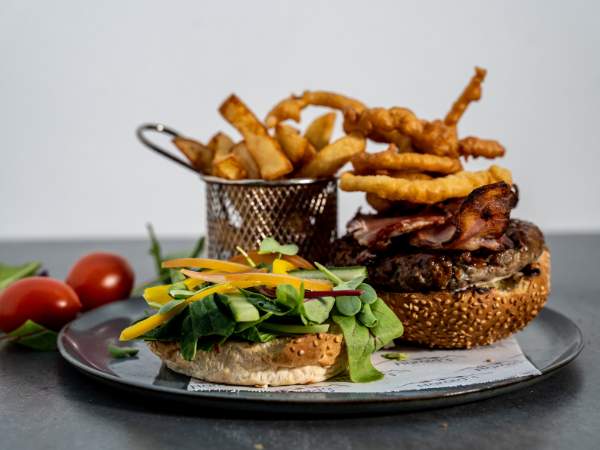News
How to fake being a wino
Thursday, July 30th, 2015
While the jury’s still out on whether or not blindfolded judges can consistently tell the difference between extravagantly expensive wine and plonk, you can’t argue that wine tasting isn’t loads of fun. But how do the pros do it? Here’s our step-by-step guide on how to fake being a wino in polite company.
(Note: these tips are for tasting wine, i.e. spending time inhaling the aromas, admiring the colour, swirling it around in the glass, sipping, and savouring the flavours. It’s not a competition and there’s no test at the end. Good wines reflect their terroir (where and in which conditions the grapes were grown), but the point is to appreciate what different varietals and vineyards have to offer – whether they’ve earned five stars or just one. As for drinking it, we’re pretty sure you can handle that just fine.)
Sip from the right kind of glass
The shape affects how much the wine bubbles, breathes and moves. You can experiment with glasses, but as a general rule, use a flute for sparkling wine, a glass with a slightly tapered bowl for white wine, and a generously rounded bowl for red wine. Thin rims are always best, but if you’re very clumsy, you should probably stick to your sturdy Spur goblets. (You know who you are.)
Make sure the wine is at the right temperature
Too warm and it might be flabby (lacking acidity); too cold and it might be flat and muted. Figures vary slightly, but sparkling wines should be served the coldest, at 7° or 8° C, whites and rosés from 8° to 12° C, and reds from 13° to 18° C.
Pour enough wine to fill a third of your glass
This allows you to observe its true colour and leaves enough space for swirling. See Anderson Cooper’s good example below.
Look at the colour
Tip the glass slightly against a white background (if possible); this side-on angle reveals the wine’s colour, especially along the ‘rim’ of deep-red wines. Feel free to throw around phrases like ‘jewel-like hue’ or ‘coppery glow’. For bonus points, mention that marsala, a rich, red-wine tint, is the colour of the year for 2015.

Swirl your wine around
This is easiest when the base of your glass is on a flat surface. Don’t try swirling mid air unless you’ve had practice. If it’s a sparkling wine, don’t swirl it, but rather spend time admiring its natural carbonation. Finer quality sparkling wines are said to have daintier bubbles.
Look at its legs
The number of legs (or ‘tears’) running down the side of the glass after swirling is an indication of its alcohol content, which usually relates to the ‘body’ of the wine – the fullness of it in your mouth.
Take a sniff
Swirl again and then take a sniff. Don’t plunge your nose in the glass; instead, you want to hover it over the top “like a helicopter pilot surveying rush hour traffic” (this dubious metaphor is supplied by Winemag.com).
Identify the aromas
There may be hundreds of aromas in the wine, but they generally fall into four main categories: fruity, herby/floral, earthy and oak. You could discern anything from chocolate to black pepper and even cat pee (associated with some sauvignon blancs). Try to pick out some familiar scents yourself before reading the label or listening to anyone else.
Taste
At last! Start out with a small sip and then suck air into your mouth and swish the wine around a bit before you swallow. (Some people favour a chewing motion and spitting the wine out, but we don’t encourage it.)
Savour the flavours for a while before taking your next sip. Note how the wine feels in your mouth, its complexity (layers), and the finish (how long the taste lingers on your tongue).
Ultimately, the more varied your wine tasting experience is, the more developed your palate will become and the sooner you can move on from your chocolate pinotage. Yes, that’s an order to drink more wine. (Responsibly.)
Cheers!












